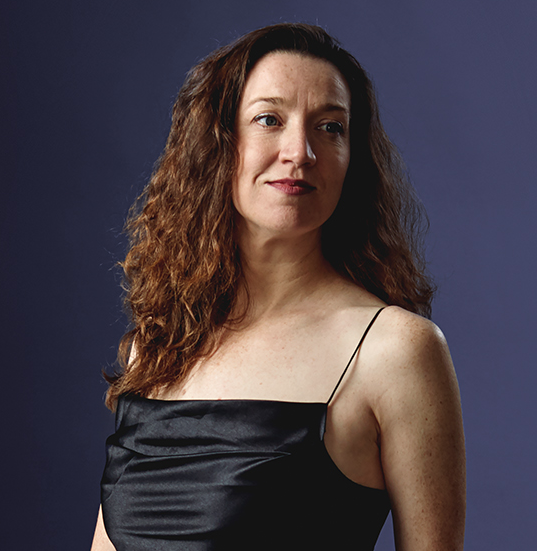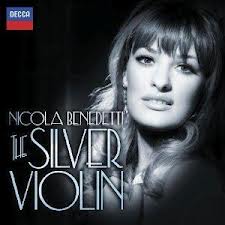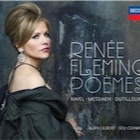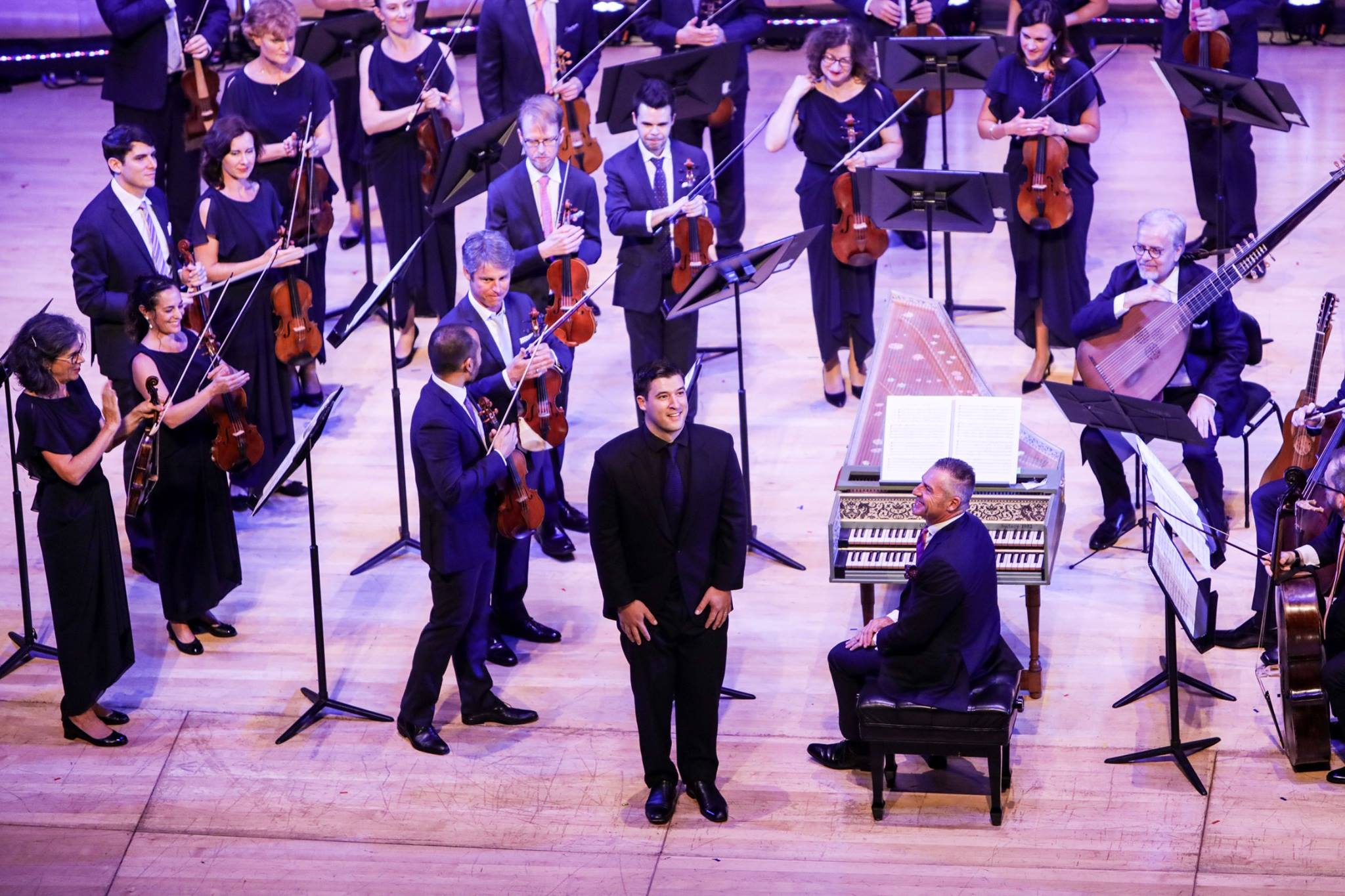Concert Review: Summer Winds- From Beethoven To Ravel/ Omega Ensemble/Sally Walker
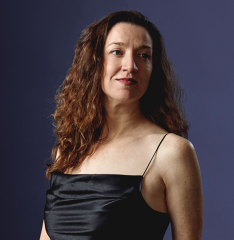
Summer Winds- from Beethoven to Ravel
The Omega Ensemble – Sally Walker- flute/ David Rowden-clarinet/ Michael Dixon – French horn/ Ben Hoadley- bassoon/ Celia Craig -oboe
25 February, 2018
The Utzon Room, Sydney Opera House
Written by Victoria Watson
The view of the harbour from the Utzon Room set the dramatic scene for this Sunday afternoon concert- a misty haze of rain over the swelling grey waves suggesting the final breezes of summer making way for autumnal cool.
The musicians of the Omega Ensemble featured were all wind players led by clarinettist and artistic director David Rowden. Flautist Sally Walker was given a special focus, opening the concert with the mysterious solo Syrinx of Claude Debussy, walking through the audience to the dais as she played, swathed in white satin and black lace. Bringing a wealth of experience as a performer in some of Europe’s finest orchestras, her tone is rich and robust with a thrilling brightness at the top and a breathtaking command of pianissimi. Her mastery of French style would again come to the fore in Ravel’s Le Tombeau de Couperin later in the programme. The writing for wind instruments of Debussy and Ravel were highlights, with the other works contrasting and entertaining but never achieving the more sublime qualities of these French masters of the early 20th century.
The combination of clarinet and bassoon was delightful, and the early duet (c. 1792) for bassoon and clarinet attributed to Beethoven (though its authorship is debated) followed the magical opening solo for flute. The instruments were perfectly balanced in timbre and dynamics, taking turns to playfully extemporise on the themes or underpin the harmonic structure. It was such a pleasure to hear the bassoon of composer Ben Hoadley freed from its bass line function to match the virtuosity and beauty of tone of David Rowden’s clarinet. The duet certainly suggests Beethoven’s preference for short simple melodic themes, particularly in the second movement Aria con varizioni. Overall it is a light-hearted work that revels in exploiting the dialogue possible between the soprano and bass of the reeded wind family.
A lesser known mid-19th century French composer, Paul Taffanel, was a virtuoso flautist and enthusiastic promoter of chamber music. His love of writing for winds was represented by the Wind Quintet in G minor (1876) The final movement, a tarantella vivace, was reminiscent of the gypsy music of Bizet’s opera Carmen. The strongly contrasting static chords though recalled more noble Germanic music and displayed Taffanel’s mastery of voicing and balance for wind ensemble.
The magnificent Ravel work dedicated to fallen French soldiers Le Tombeau de Couperin (1919) opened the second half, arranged for wind quintet by Hans Abrahamsen in 1989. Ravel had served in the Great War and the gravitas of his experience permeates this work but never overshadows the dance elements and ingenuity of the writing. The first movement evokes swirling waves as its rhythms celebrated the French Baroque. However the harmonies explore the unleashing of chromaticism made possible for wind instruments by the enormous developments of innovators such as Theobold Boehm who revolutionised the construction of the modern flute in the mid 19th century.
Ravel’s second movement Forlane is bold and quirky with harmonic juxtapositions and bitonality that strike the ear as daring and modern a hundred years later. The third movement returned to a sweet melodiousness followed by a pastoral Menuet that returned to the arpeggiated watery images synonymous with French impressionism.
The concert finished with a playful and theatrical Quintet Op. 4 (1943) by Malcolm Arnold, based upon familiar sea shanties. Oboist Celia Craig shared an amusing story of her days as a young violinist in Northumberland, UK, playing in a youth orchestra with Arnold conducting. His temper got the better of him in one rehearsal and he was bitten on the leg by the orchestra’s mascot dog, much to the equal amusement and dismay of the players watching on. Arnold was a prolific film score composer and his music reflects a love of humour and pictorial writing. The boisterous last movement was a great finisher and left the audience laughing along with the spirited eccentricity so typical of British humour at its most quirky and entertaining.
The Omega Ensemble forms a jewel in the crown of Sydney’s classical music scene as the Opera House is a jewel on the magnificent harbour. Both were in fine form on this misty February afternoon.
Victoria Watson for SoundsLikeSydney©
Victoria Watson is a graduate of Melbourne university and VCA. She has appeared regularly as a soprano with the Victoria State Opera and has toured and served as artistic director of many chamber ensembles.
She has performed with Sydney Symphony Orchestra and for ten years, was artistic director of a major opera education project with Opera Australia. Since 2015 she has moved into directing opera including Mozart’s Cosi Fan Tutte at the Independent theatre.
Victoria has lectured in voice at the major universities in Melbourne, and is currently a tutor at UNSW. Having taught at major Sydney secondary colleges, she now runs a busy private singing studio. She is a published author on opera and a popular freelance music and theatre lecturer and advocate for Australian artists around the world.

